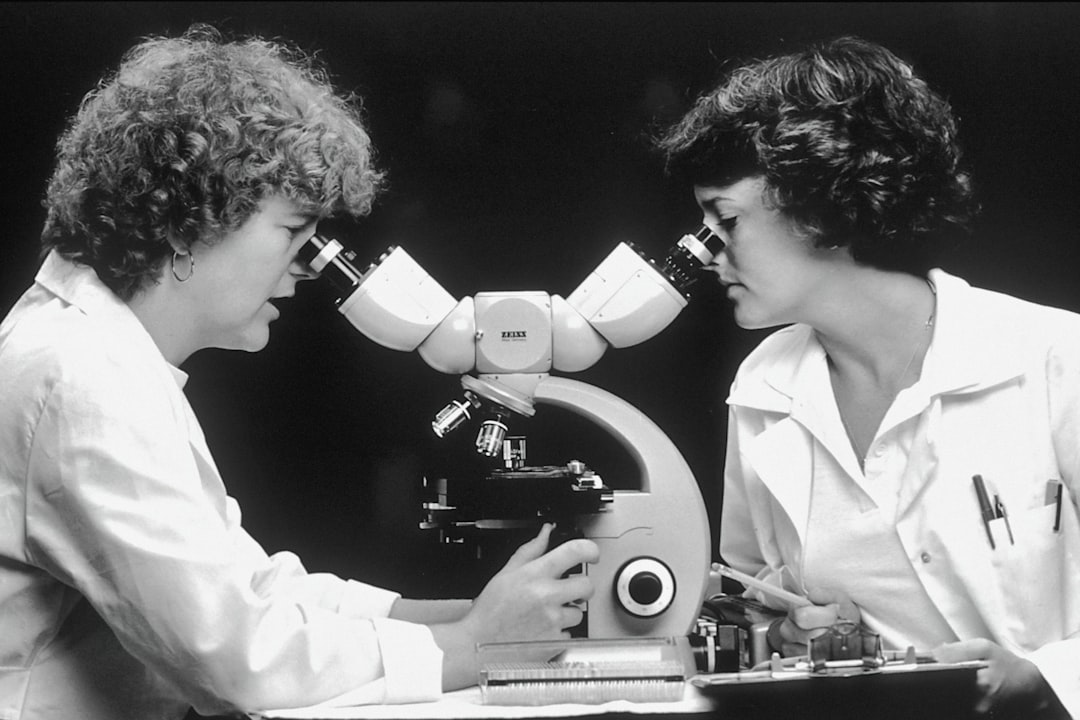
The contribution of agriculture to the Indonesian economy is in decline, but the sector still provides employment to a relatively large number of Indonesians. Because of low productivity, poverty has become the main social issue for farmers. Farming is concentrated in rural areas, and so farmers also face challenges that do not affect those living in urban areas.
This paper employs the “sustainable livelihoods approach,” which considers welfare outcomes as the result of interactions between contextual factors, livelihood resources or assets, policies and institutions, and livelihood strategies. Employing this approach to a case study of two villages in Central Java, this paper assesses the extent to which existing policies and programs have addressed the challenges facing rural agricultural workers.
Production-oriented policies and programs such as input subsidies and market protection are the most common policies and programs to support farmers’ welfare. However, they provide no more than a stopgap. Agricultural subsidies have also focused on food crops, especially rice, which distorts the market by incentivizing food production. Removing these subsidies can encourage the cultivation of high-value cash crops, unlocking a path to improved welfare via diversification. Machinery and tools assistance are largely provided per village or Farmer Group, which means that access to this assistance is influenced by social status and social institutions.
The government employs social protection programs, such as direct cash transfers, conditional cash transfers, food assistance, and programs in education and health. While effective at ensuring basic needs fulfillment, the targeting of these programs should be improved, especially the severely outdated Unified Database for Social Welfare (Data Terpadu Kesejahteraan Sosial or DTKS). To ensure that food assistance does not crowd out the market for local retailers, the government should explore allowing recipients of the Sembako Program to purchase food in any store.
Rural development should also consider the important context added by geography. The revitalization of the Rawa Pening Lake has reportedly undermined the livelihoods of farming households. To minimize harmful effects and meet economic and environmental goals, landscape development should recognize the multiple functions that landscapes play and strive for policy coherence and effective local participation.
Finally, the government should move away from the use of a price index (such as the Farmer Exchange Rate (Nilai Tukar Petani or NTP)) as a measure of farmer welfare. A better indicator would consider local elements of livelihoods and farmers’ income from both agriculture and non-agriculture works.



